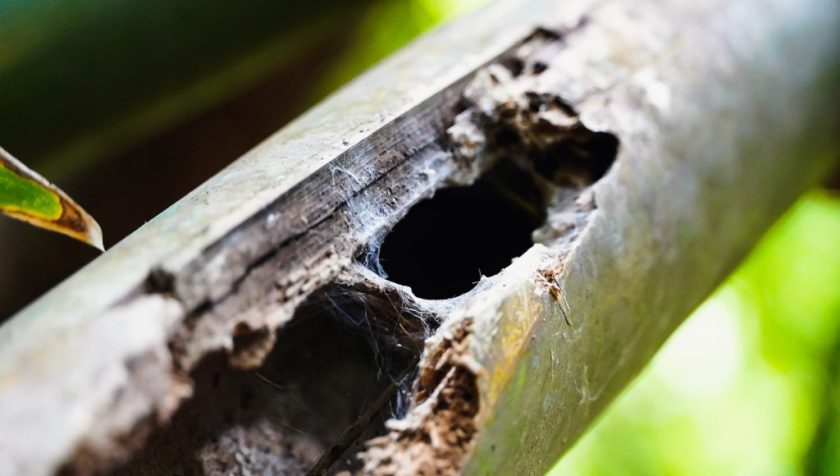Guest blog post by Prof. Stephka Chankova, PhD
The new special issue of BioRisk compiles materials presented at the International Seminar of Ecology – 2021. The multidisciplinary nature of modern ecology was demonstrated by the main topics of the Seminar: biodiversity and conservation biology, biotic and abiotic impact on the living nature, ecological risk and bioremediation, ecosystem research and services, landscape ecology, and ecological agriculture.
Research teams from various universities, institutes, organizations, and departments, both from Bulgaria and abroad, took part in the Seminar. Foreign participants included: Environmental Toxicology Research Unit (Egypt), Pesticide Chemistry Department, National Research Centre (Giza, Egypt); National Institute for Agrarian and Veterinary Research (Oeiras, Portugal), Centre for Ecology, Evolution and Environmental Changes (Lisbon, Portugal); Bach Institute of Biochemistry, Research Center of Biotechnology of the Russian Academy of Sciences (Moscow, Russia).

Some of the reports presented joint research of Bulgarian scientists and scientists from Germany, the Czech Republic, Lithuania, Romania, Slovenia, Spain, and the USA. After assessment by independent reviewers, the articles published in the journal cover the topics presented and discussed at the Seminar.
A set of reports were focused on the anthropogenic and environmental impacts on the biota. Soil properties were shown as a factor that can modulate the effect of heavy metals, present in chronically contaminated soils. Different approaches to overcome environmental pollution were presented and discussed: zeolites as detoxifying tools, microalgae for the treatment of contaminated water bodies, and a newly developed bio-fertilizer, based on activated sludge combined with a bacterial strain with detoxifying and plant growth-promoting properties. The clear need for the enlargement of existing monitoring program by including more bioindicators and markers was pointed out.

It was shown that, by using various markers for the evaluation of environmentally induced stress response at different levels (microbiological, molecular, biochemical), it is possible to gain insights of the organisms’ protection and the mechanisms involved in resistance formation. The contribution of increased DNA repair capacity and AOS to the development of environmental tolerance or adaptation was also shown.
Important results for understanding the processes of photoprotection in either cyanobacteria or algae, and higher plants were obtained by in vitro reconstitution of complexes of stress HliA protein with pigments. The crucial role of the cellular physiological state, as a critical factor in determining the resistance to environmental stress with Q cells was demonstrated.
Several papers were focused on the action of bioactive substances of plants origin. The bioactivity was shown to depend strongly on chemical composition. Origanum vulgare hirtum essential oil was promoted as a promising candidate for the purposes of “green” technologies. Analyzing secondary metabolites of plants, it was shown that their productivity in vitro is a dynamic process closely related to the plant growth and development, and is in close relation with the interactions of the plant with the environment.

The influence of the agricultural system type on essential oil production and antioxidant activity of industrially-cultivated Rosa damascena in the Rose valley (Bulgaria) was reported, comparing organic vs conventional farming. The rose extracts from organic farming were shown to accumulate more phenolic compounds, corresponding to the higher antioxidant potential of organic roses.
A comparative study, based on official data from the statistics office of the EU and the Member countries, concerning viral infection levels in intensive and organic poultry farming, demonstrated that free-range production had a higher incidence of viral diseases with a high zoonotical potential.
Pollinators of Lavandula angustifolia, as an important factor for optimal production of lavender essential oil, were analyzed. It was concluded that, although lavender growers tend to place beehives in the fields for optimal essential oil production, it was crucial to preserve wild pollinators, as well.

New data reported that essential oils and alkaloid-rich plant extracts had the strongest acetylcholinesterase inhibitory activity and could be proposed for further testing for insect control.
It was reported that the vegetation diversity of Bulgaria had still not been fully investigated. Grasslands, broad-leaved forests, and wetlands are the best investigated habitats, while data concerning ruderal, shrubland, fringe, and chasmophytic vegetation in Bulgaria are scarce.
Other important topics were reported and discussed in this session: the possibility of pest control using pteromalids as natural enemies of pests in various crops; the main reasons responsible for the population decrease of bumblebees – habitat destruction, loss of floral resources, emerging diseases, and increased use of pesticides (particularly neonicotinoids); the strong impact of temperature and wind on the distribution of zooplankton complexes in Mandra Reservoir, in Southeastern Bulgaria; an alternative approach for the ex-situ conservation of Stachys thracica based on in vitro shoot culture and its subsequent adaptation under ex vitro conditions.

New information was presented concerning pre-monitoring geochemical research of river sediments in the area of Ada Tepe gold mining site (Eastern Rhodopes). The obtained results illustrate that the explored landscapes have been influenced by natural geochemical anomalies, as well as, impacted by human activity. The forests habitat diversity of Breznik Municipality was revealed, following the EUNIS Classification and initial data from the Ministry of Environment and Water and the Forestry Management Plans. It was shown that, in addition to the dominant species Quercus dalechampii, Quercus frainetto, Fagus sylvatica, Carpinus betulus, some artificial plantations with Pinus nigra and Pinus sylvestris were also present, as well as non-native species, such as Robinia pseudoacacia and Quercus rubra.
Models for Predicting Solution Properties and Solid-Liquid Equilibrium in Cesium Binary and Mixed Systems were created. The results are of great importance for the development of strategies and programs for nuclear waste geochemical storage. In conclusion, many results in different areas of ecology were presented in the Seminar, followed by interesting discussions. A lot of questions were answered, however many others remained open. A good platform for further discussion will be the next International Seminar of Ecology – 2022, entitled Actual Problems of Ecology.









































